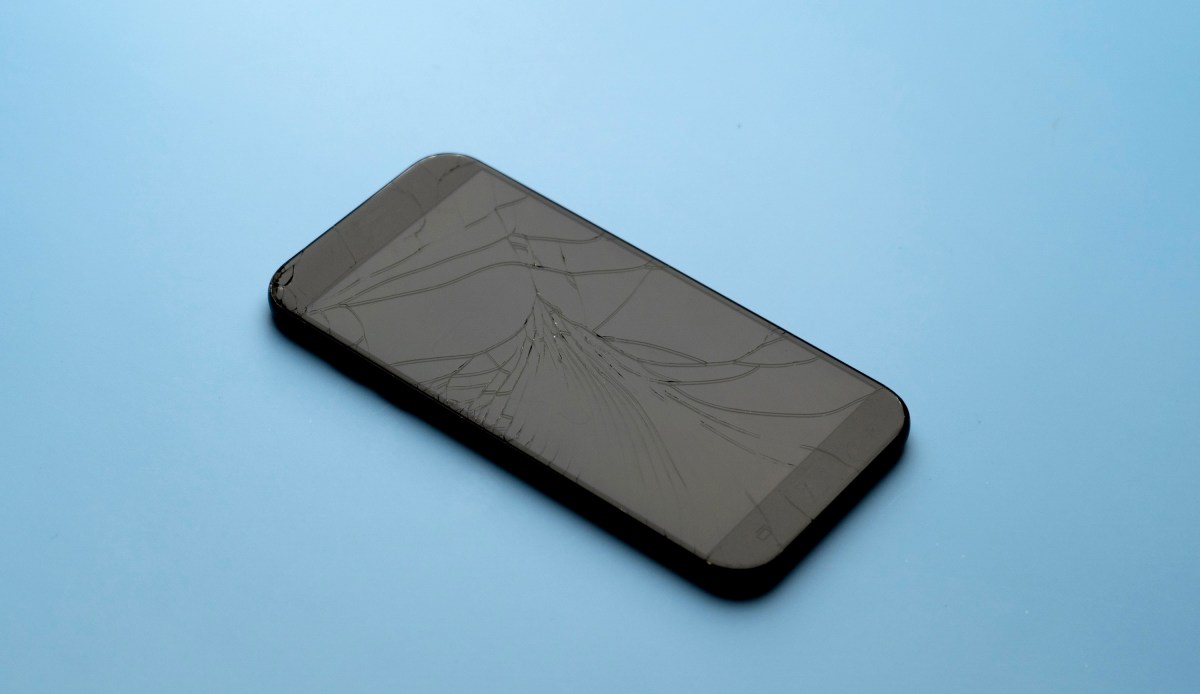Accommodating your customers’ communication preferences is important, especially as your business grows. This means supporting them via social media, website forms, live chat, SMS, traditional phone support, and any other channels they may use.
Going after the wrong channels or using the wrong approach can be costly and difficult to manage.
This is true for supervisors, admins, and agents alike.
A multichannel contact center that centralizes communication methods in one place can solve many of these problems, make it easier to scale, save you money, and improve the customer experience.
1
CloudTalk
Employees per Company Size
Micro (0-49), Small (50-249), Medium (250-999), Large (1,000-4,999), Enterprise (5,000+)
Any Company Size
Any Company Size
Features
24/7 Customer Support, Call Management/Monitoring, Contact Center, and more
How a multichannel contact center works
Multichannel contact centers make it possible for customers to interact with companies through various communication channels. Agents can manage all of these channels through a single platform, making it easy to support customers no matter where they reach out from.
They’ll be able to answer phone calls, respond to texts, reply to Facebook messages, offer support on X, and more all from a single dashboard.
In most cases, multiple agents can work together to knock it all out with shared inboxes.
On the admin side, managers can use multichannel contact centers to bring together data that would otherwise be scattered across different tools. For example, you’ll get a more holistic look at agent performance across every channel rather than analyzing one channel at a time.
Multichannel contact center vs omnichannel contact center
Multichannel contact centers are not quite the same as omnichannel contact centers, and it’s important to note these differences to truly understand how these solutions work.
With a multichannel system, all communication is managed from a single platform, but each channel is siloed and operates independently. An agent speaking to an inbound caller likely won’t have access to that customer’s previous interactions via email or social media.
Omnichannel contact centers unify the customer experience by giving agents access to the full communication history of each customer, regardless of the channel. Reps can see all customer interactions, which is helpful in scenarios when the customer journey extends across multiple touch points.
If you’re using a web form or live chat to qualify customers before directing them to customer service, an omnichannel solution is helpful as your agents will be able to seamlessly continue communication right where it left off.
A multichannel solution is sufficient if customer interactions typically start and end on the same channel.
How to deploy a multichannel contact center
There are three main ways to set up a multichannel contact center — CCaaS, CPaaS, and on-premises deployments. Here’s an overview of each so you can determine which one makes sense for your business.
CCaaS (contact center as a service)
CCaaS solutions are pre-built, cloud-based contact center systems that include all communication channels under a single subscription.
They’re the most affordable option and the easiest to set up, making it the ideal deployment method for smaller and mid-sized contact centers that don’t need customizations or intricate setups.
You can get a CCaaS deployment from a call center software provider.
CPaaS (communications platform as a service)
CPaaS contact centers are also cloud-based, but they require developers and significant upfront configuration. It’s a better choice for businesses that need a way to add multiple communication features to an existing application, utilizing APIs and other developer-friendly components.
For example, a health insurance provider could use a CPaaS deployment to add live chat to their existing healthcare app during open enrollment.
This type of set up is oftentimes the only option when you need to build channel-specific communication features and customizations into your existing systems, compared to a CCaaS where everything is pre-built out of the box.
It can also be a superior option if off-the-shelf contact center integrations don’t work for you.
On-premises
On-premises deployments are generally reserved for enterprise organizations that either have specific compliance requirements or already have the existing infrastructure in place to handle everything in-house.
In this scenario, you’re managing all of the hardware and software from your own on-site data center. You’ll have total control over everything — including all the security and customization capabilities.
But you’re also responsible for managing all of the backend requirements to power your contact center, which isn’t realistic for most businesses.
Benefits of a multichannel contact center
There are dozens of advantages of migrating your contact center to a multichannel solution. But these five do a good job of summing up why you might want to switch.
Simplified tech stack
The best part about multichannel contact centers is that you can consolidate all of your apps into a single platform.
Rather than using one app to manage chatbots on your website, a second for SMS marketing, and a third for social media messages, your multichannel contact center brings all of these elements together.
Improved agent productivity
Agents will be more productive if they don’t have to switch between multiple platforms, windows, and screens when handling communication across different channels.
It’s also easier for agents to multi-task if everything is centralized. For example, a single agent can handle two live chat conversations while also providing phone support from a multichannel contact system.
Insufficient tools are one of the leading causes of call center burnout, so this can help with that too.
On top of that, contact center AI that works across various platforms can free up agents for more complex situations.
Better customer experiences
A multichannel contact center is the easiest way to give your customers more options when they need to contact your business. Whether it’s for sales, support, or a general inquiry, your customers can reach you in whatever way is most convenient.
Giving your customers a better experience when they need assistance ultimately improves customer loyalty and can result in higher retention rates.
SEE: Learn other ways you can improve contact center CX without buying new tech and additional options for elevating the contact center experience.
Enhanced data collection and analytics
Making sense of contact center metrics across multiple platforms is extremely challenging. It likely requires extensive use of APIs, automations, and developer resources to consolidate it all in one place.
But with a multichannel contact center, all of your data lives together. It’s much easier to slice and dice it however you need to without waiting for syncs, automations, or a developer.
You’ll also be able to assess agent performance that encompasses all of their customer interactions instead of trying to view each channel in isolation.
This can result in stronger contact center quality monitoring overall.
Cost savings
It’s generally cheaper to pay for a multichannel contact center compared to ten apps for ten different communication methods.
You’ll also save money on indirect costs associated with agent productivity. Since one agent can handle multiple channels, you may also be able to reduce the number of agents you need.
Three use cases for a multichannel contact center
Wondering when multichannel is sufficient? Each of the following scenarios don’t require interactions to jump across channels, making a multichannel contact center more than enough.
Ecommerce
Online stores can use a multichannel contact center to support customers before, during, and after their purchases. This can help improve the customer experience while simultaneously boosting conversions.
For example, agents will be able to:
- Send SMS messages for flash sales and promotions.
- Provide live chat support while customers are browsing.
- Coordinate returns and exchanges via email.
- Set up prerecorded phone-based notifications.
The customer’s pre-purchase inquiry about a size or return policy isn’t necessarily connected to the SMS message they received or a social media interaction from last week.
As such, it’s not a problem that your agents don’t have access to the entire conversation history.
SEE: Learn why agents replaced by outbound IVR don’t mind.
Healthcare
Individual practices, healthcare networks, and insurance providers can potentially use a multichannel contact center to improve the patient experience.
Everyone in the practice will be able to:
- Send appointment reminders via text and email.
- Manage live chat or web form requests for prescription refills.
- Allow patients to request new appointments online.
- Facilitate automated billing with IVR payments.
- Conduct telehealth appointments via video call.
- Offer phone support for new policies or policy changes.
Because an upcoming appointment has nothing to do with a policy renewal, omnichannel isn’t a necessity in many cases.
You can also integrate various healthcare tools with your multichannel contact center software for a fully connected experience that brings patient data into your system.
SEE: Learn about what you actually need for HIPAA compliant VoIP communications.
Travel and hospitality
Multichannel contact centers are popular for hotels, airlines, car rental services, and even large vacation rental management companies.
Users may want to:
- Receive SMS notifications for real-time flight updates.
- Sign up for personalized email recommendations.
- Make itinerary changes via phone or live chat.
- Get quick support via social media.
This is another scenario where an omnichannel solution isn’t typically necessary.
Regardless of the customer’s reason for reaching out, agents can easily access information about their upcoming reservation using a confirmation number or directly from the customer’s profile.








Leave a Comment